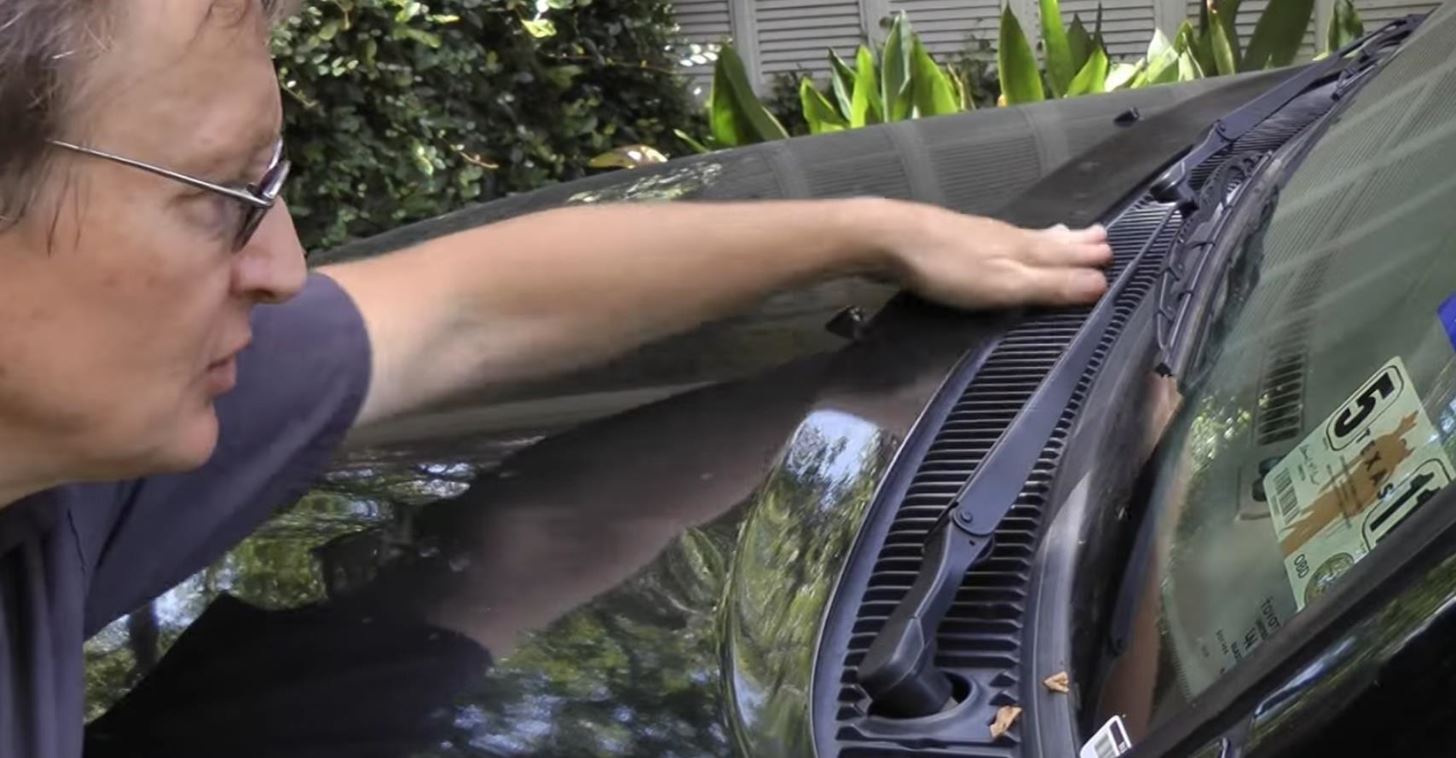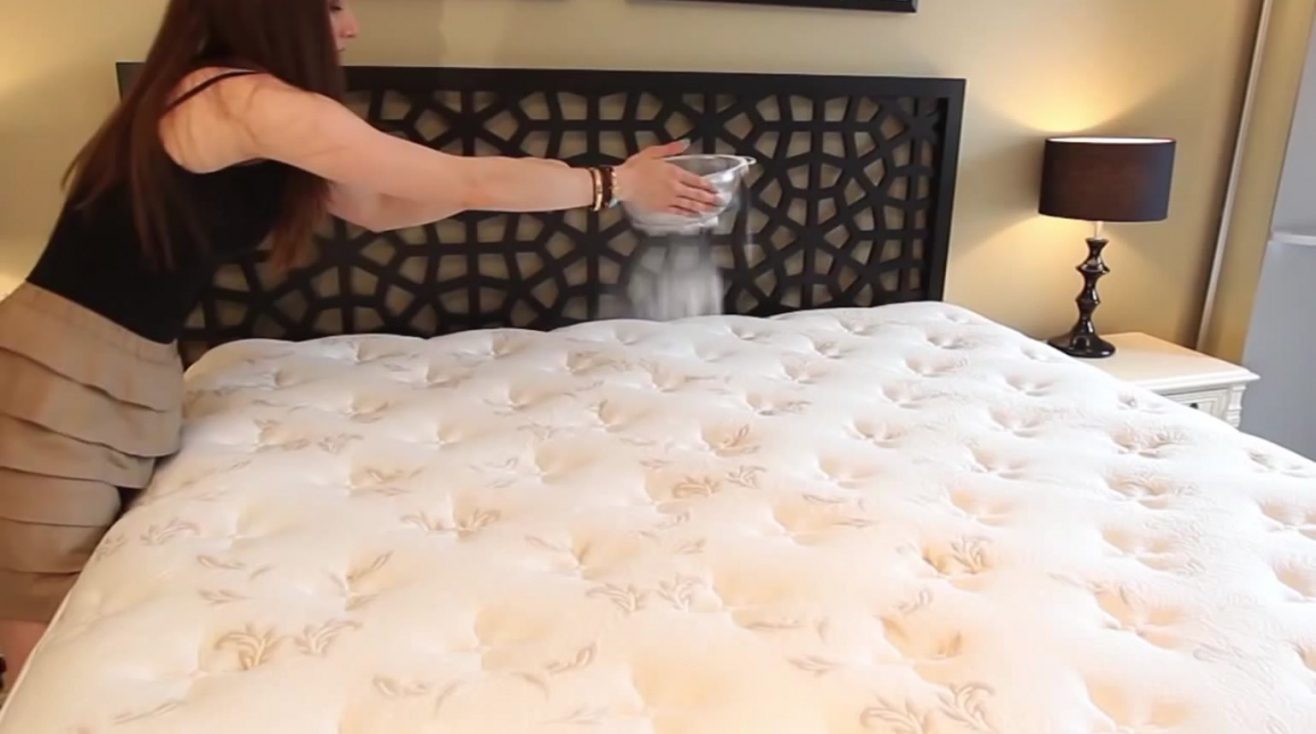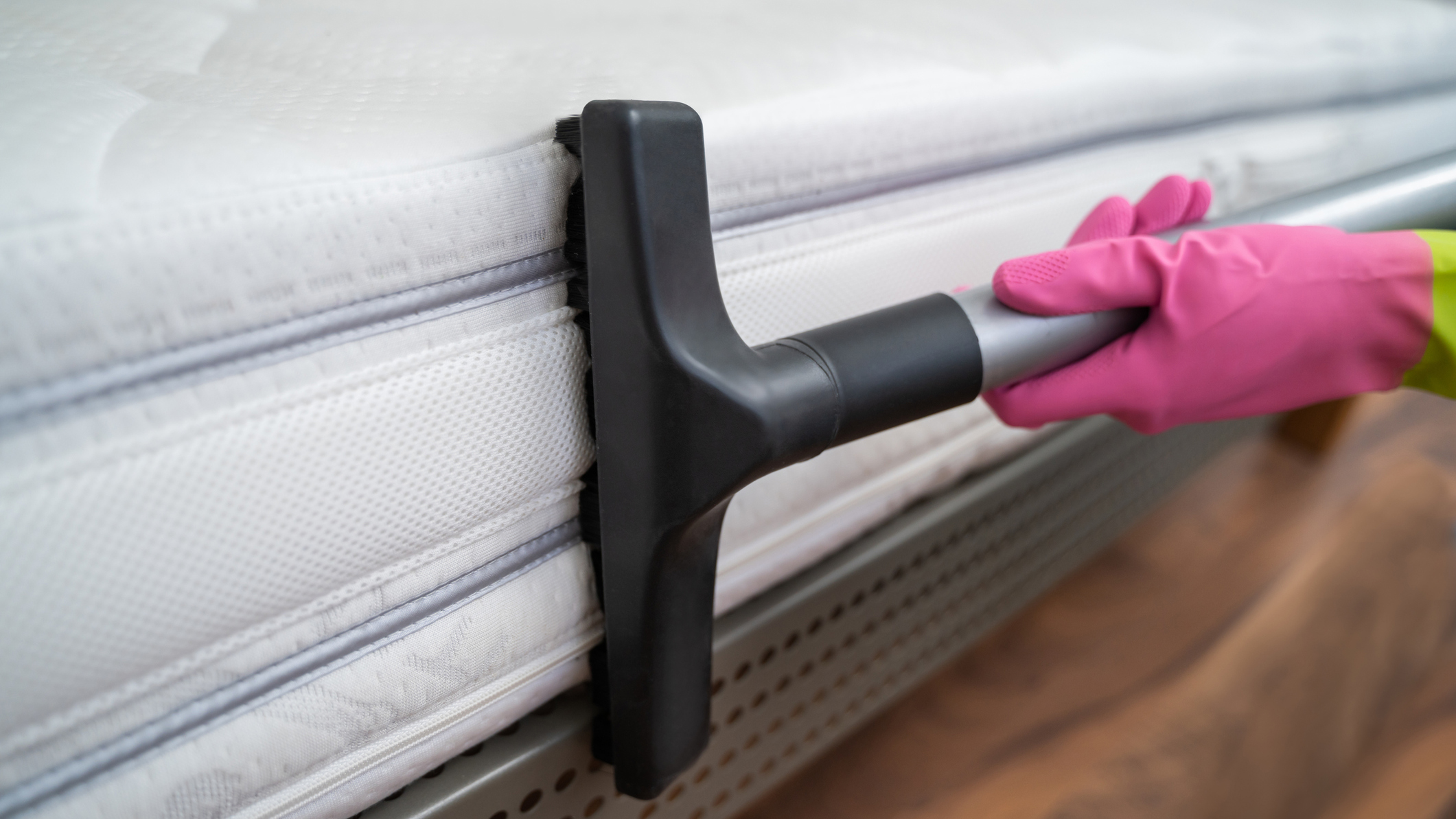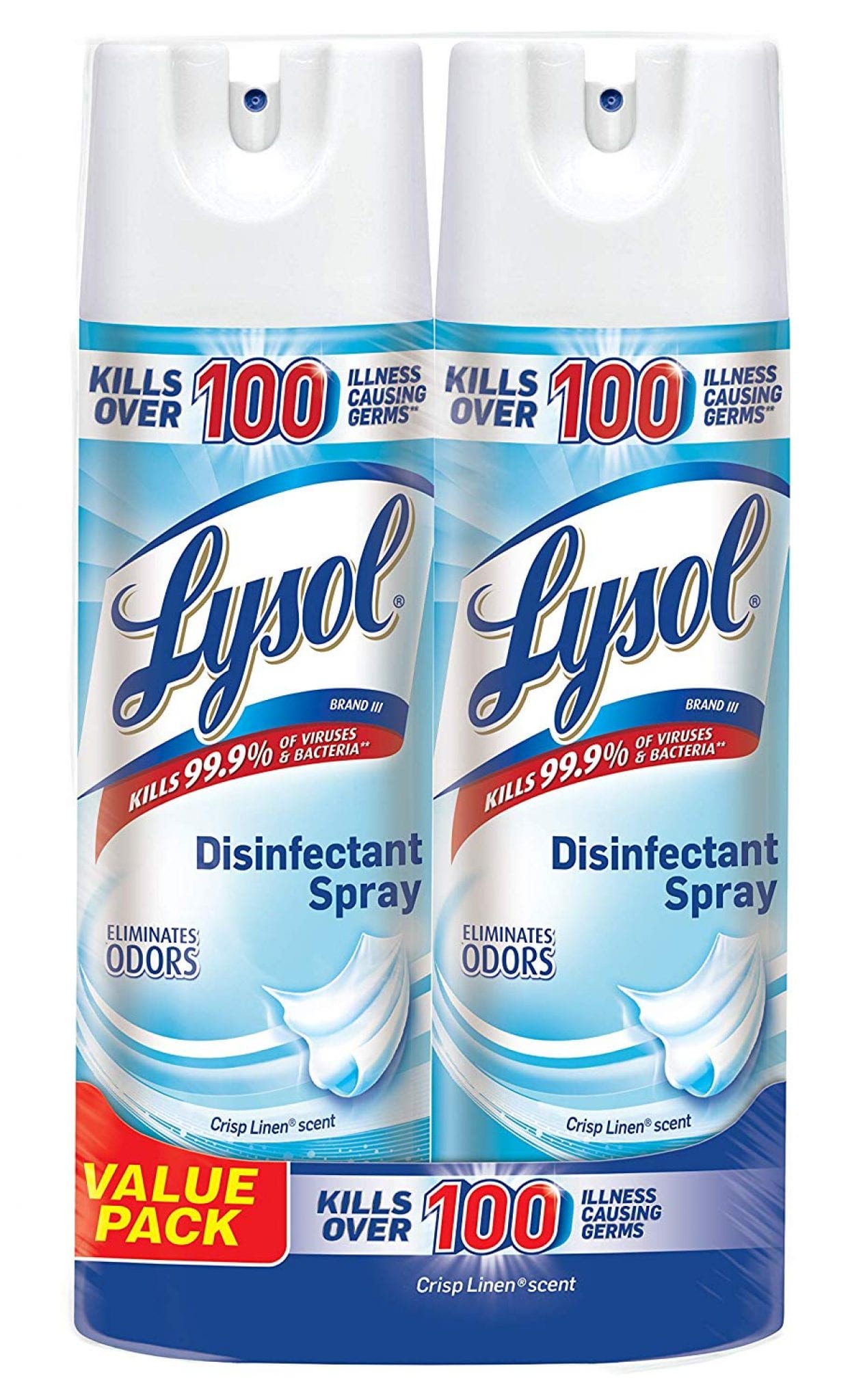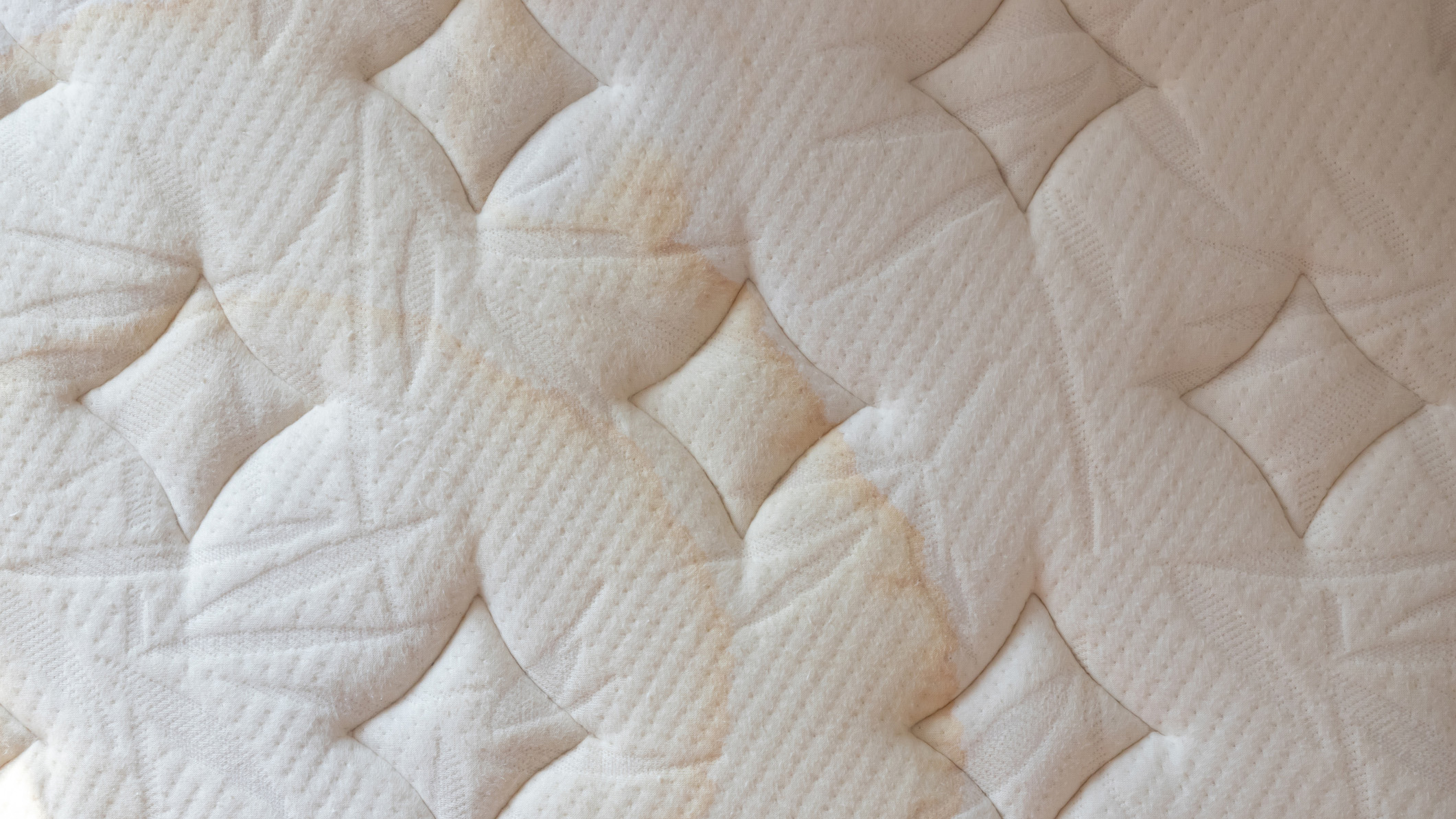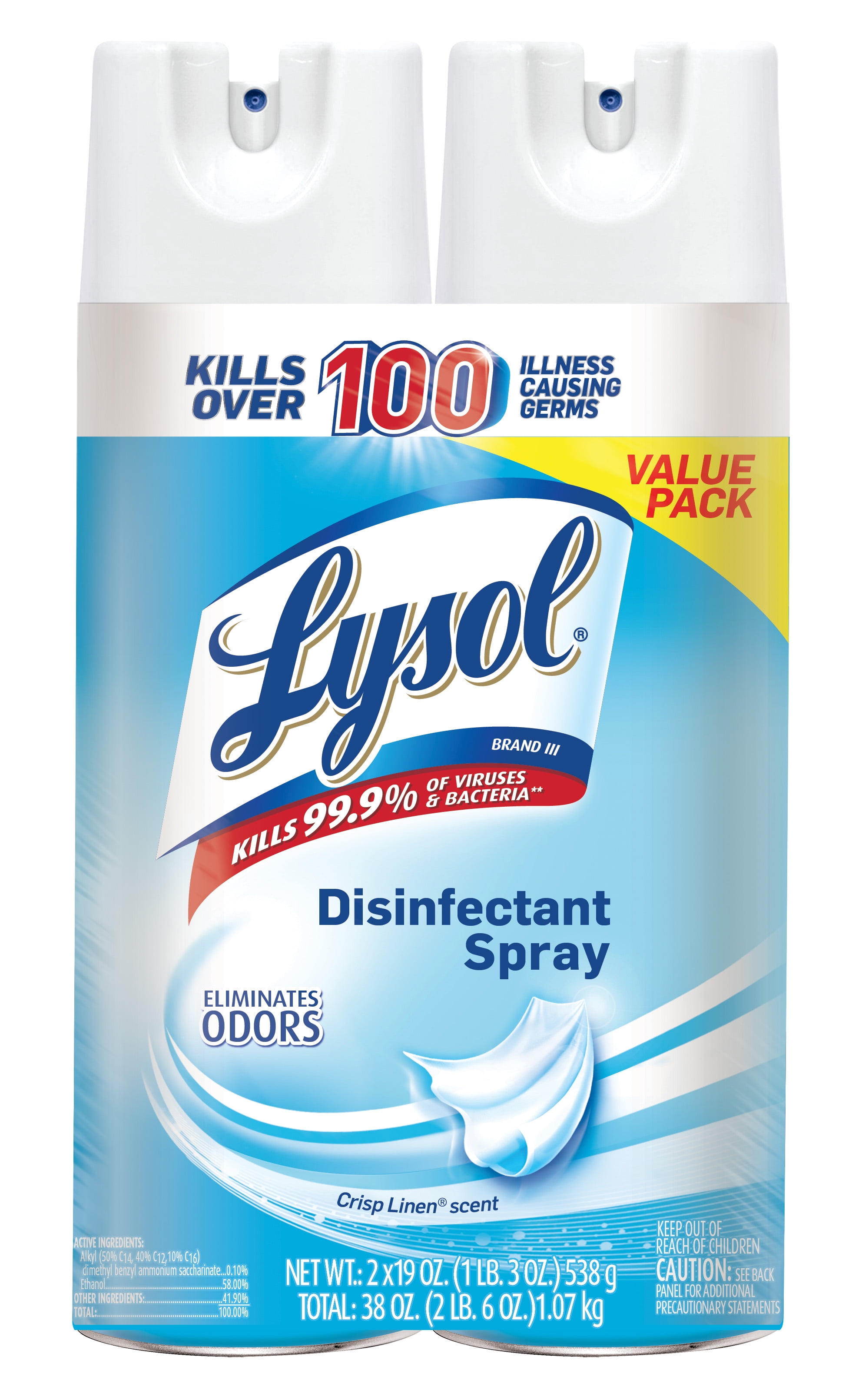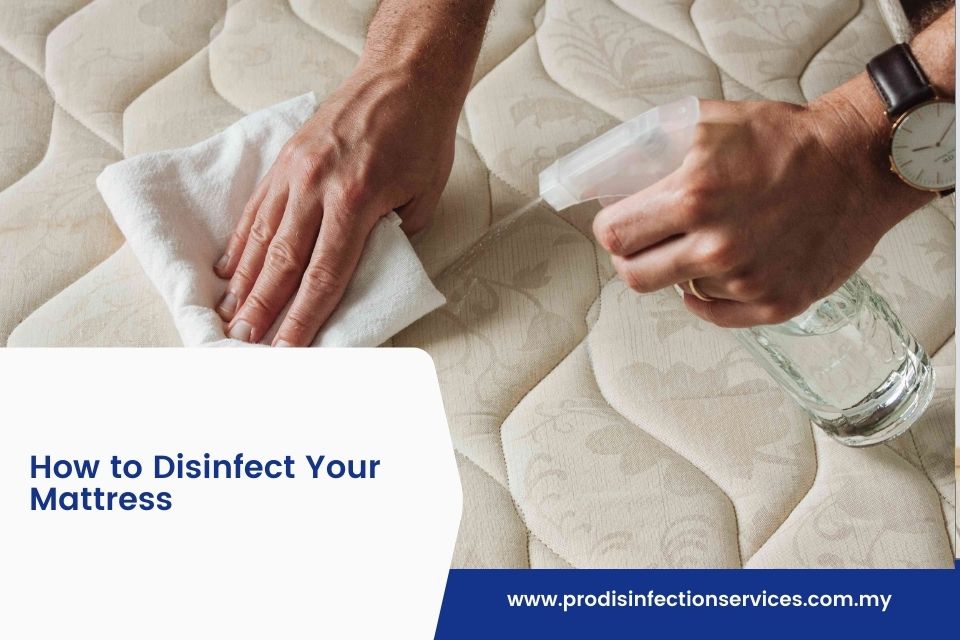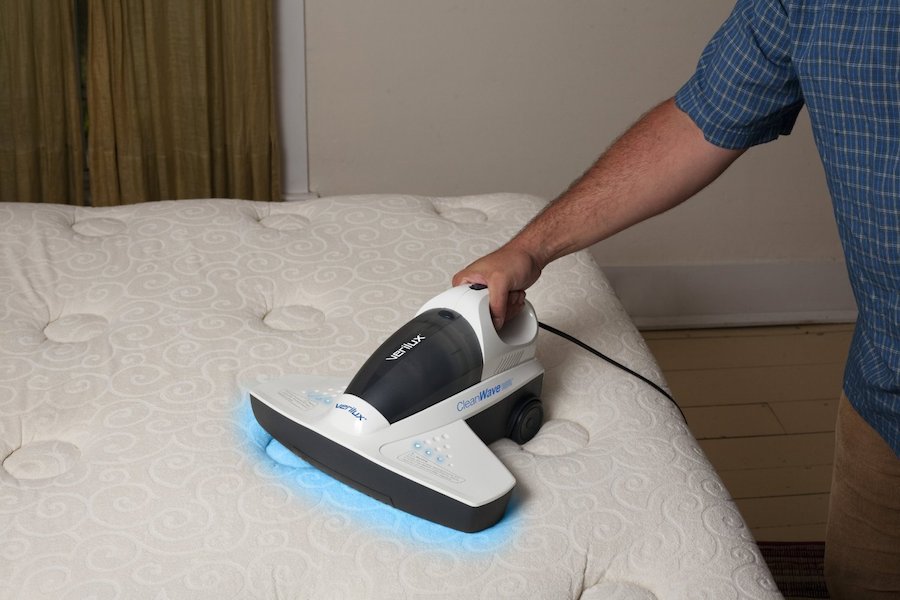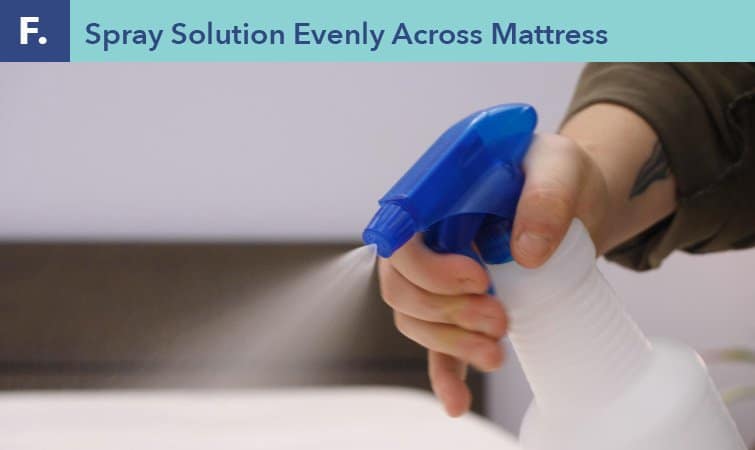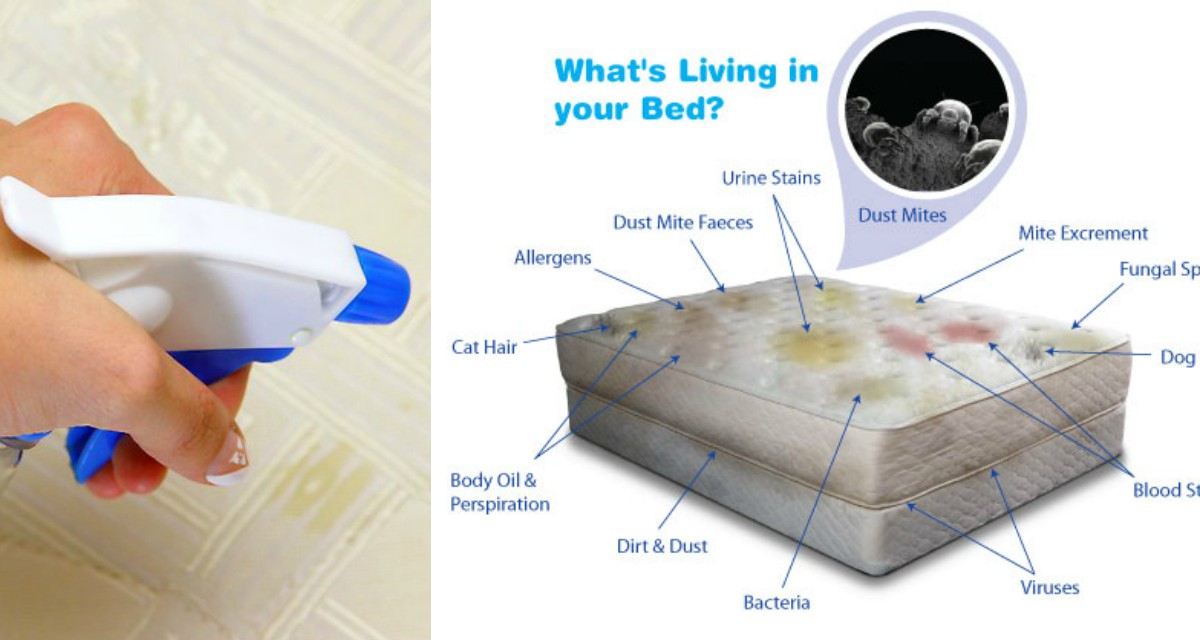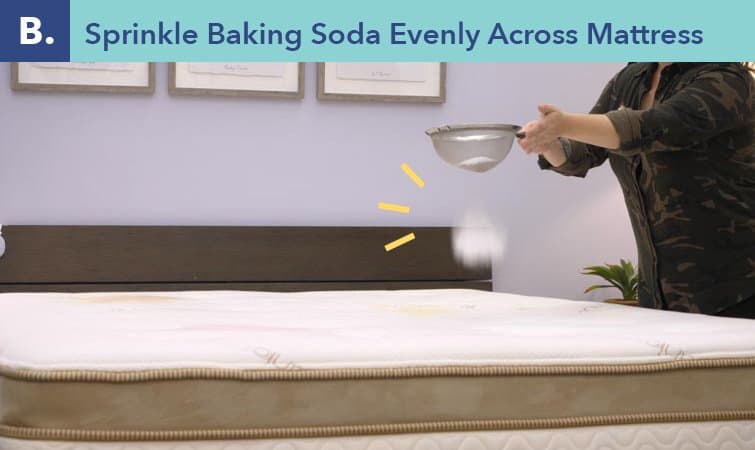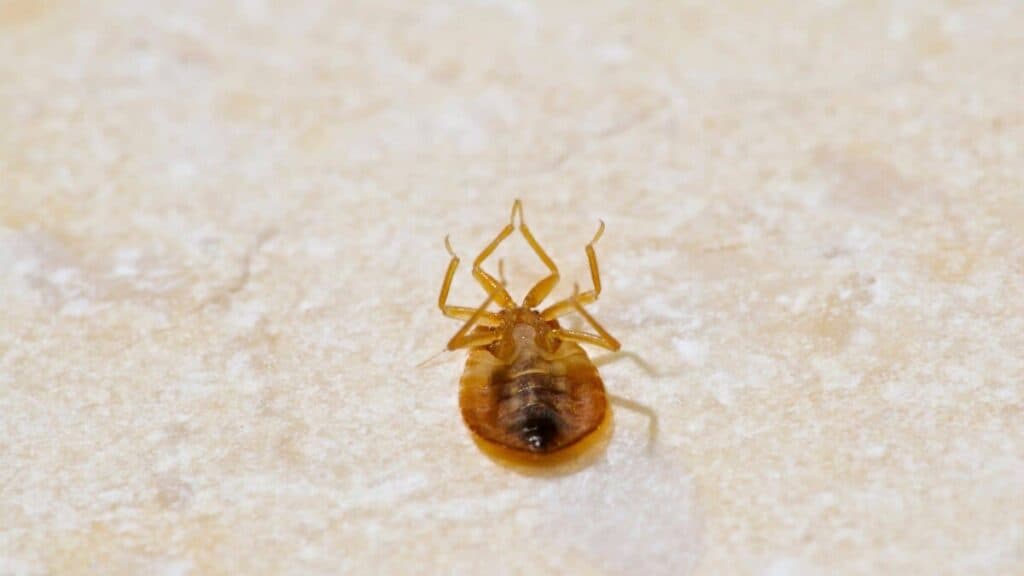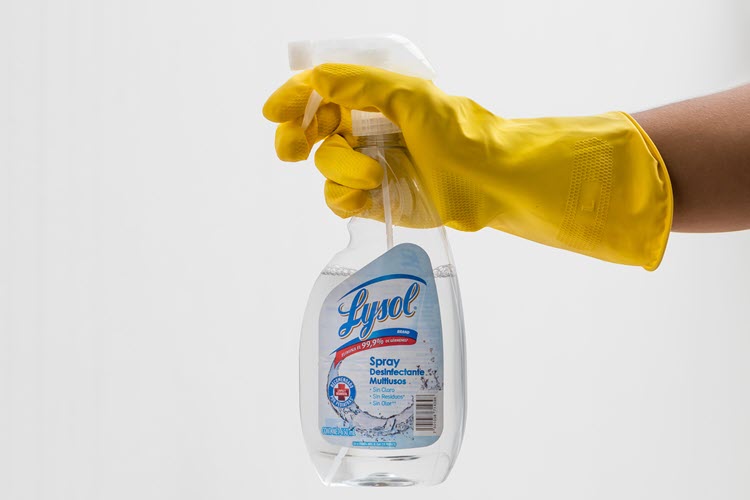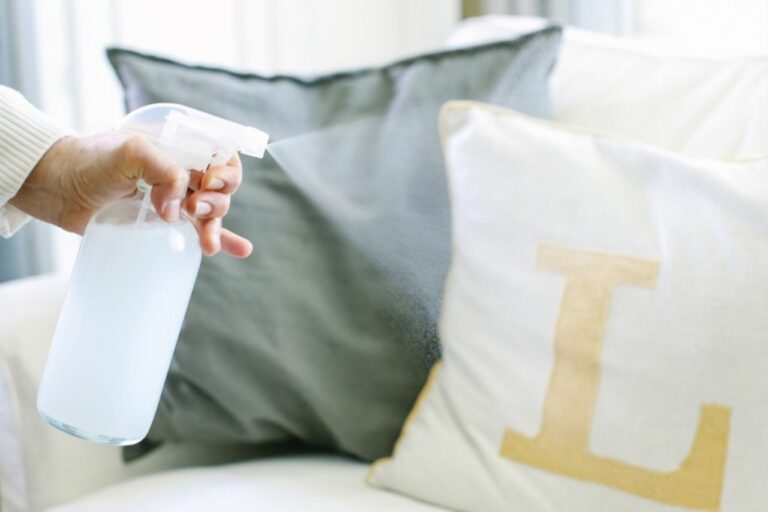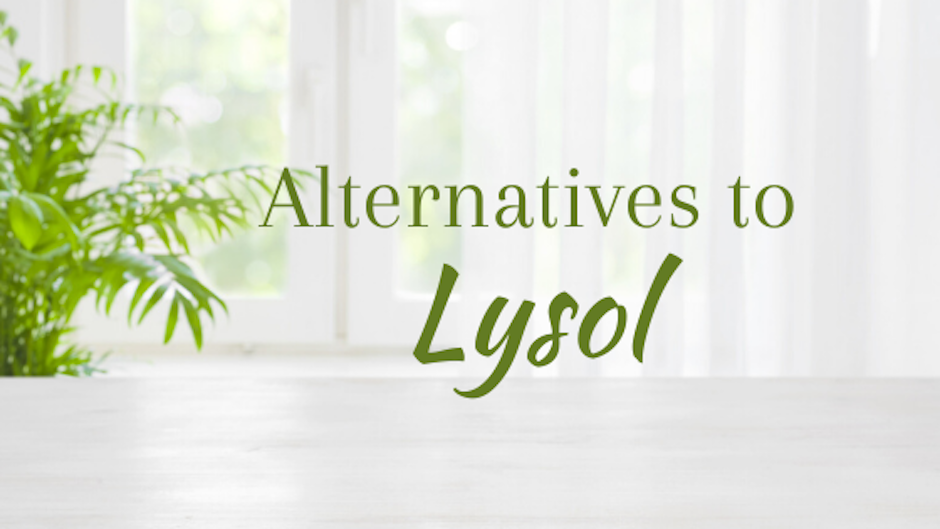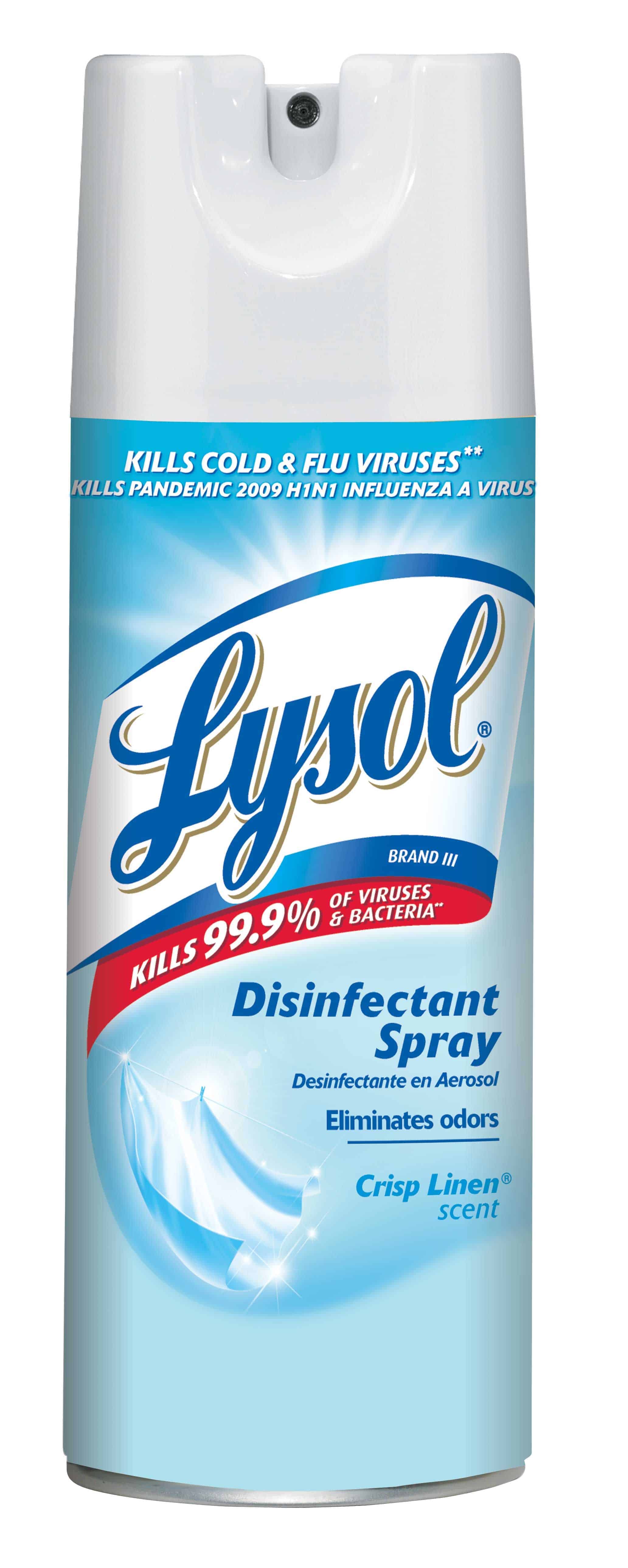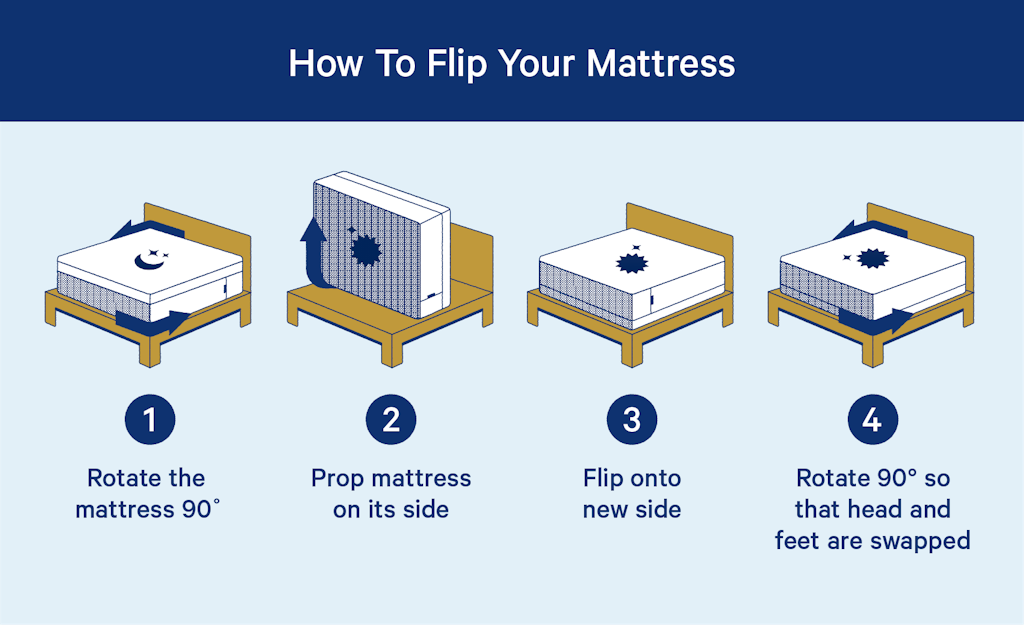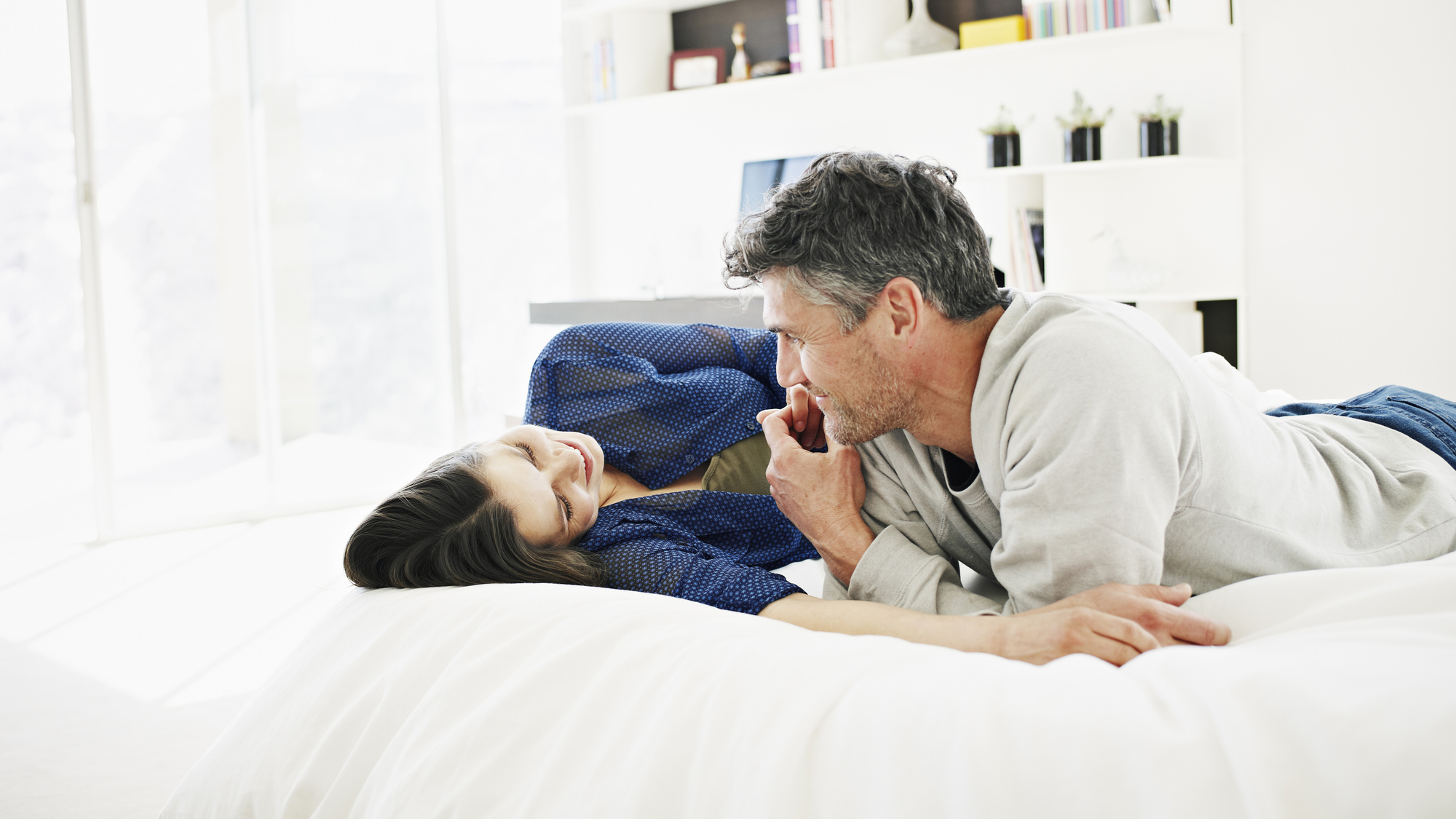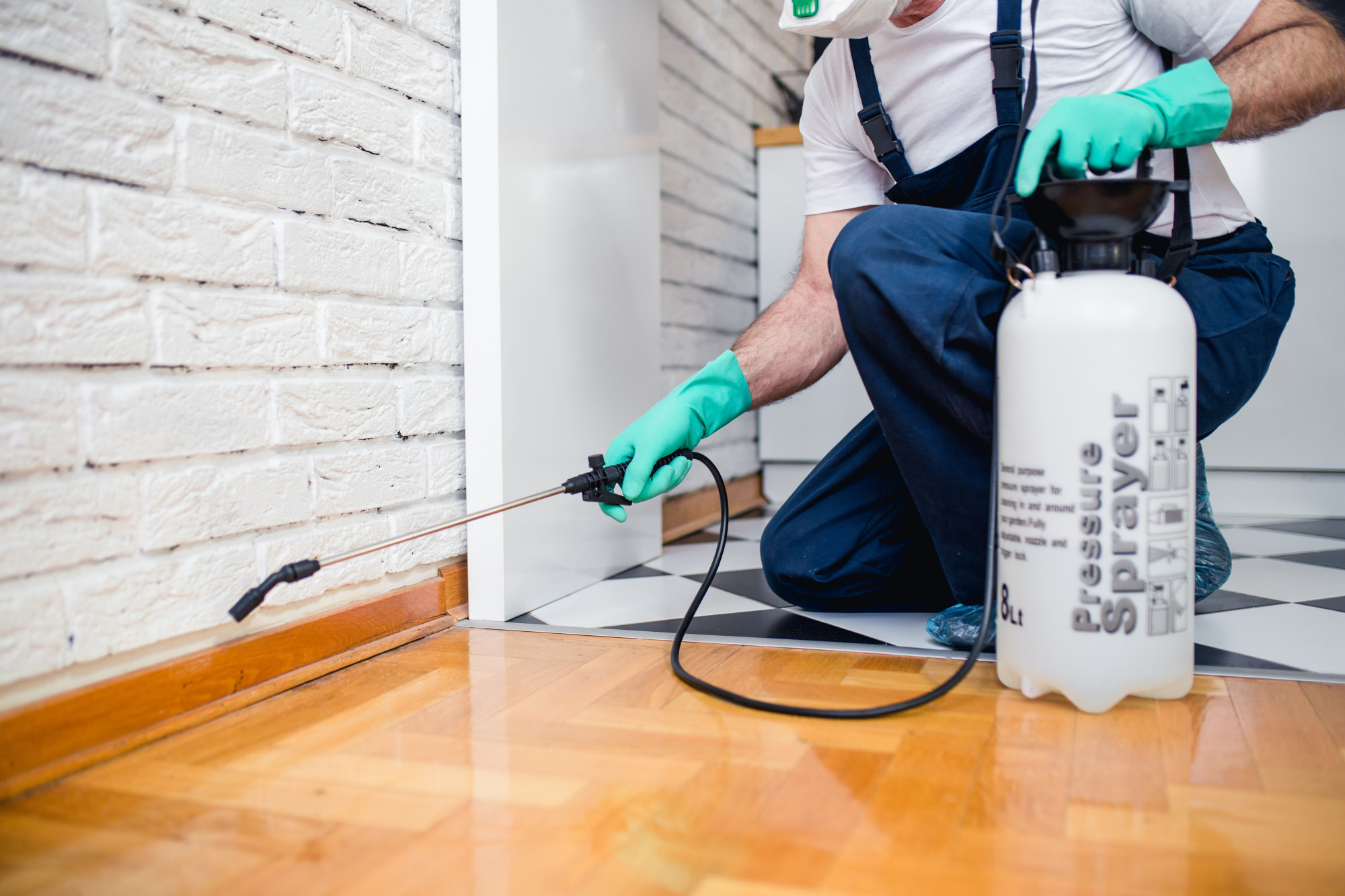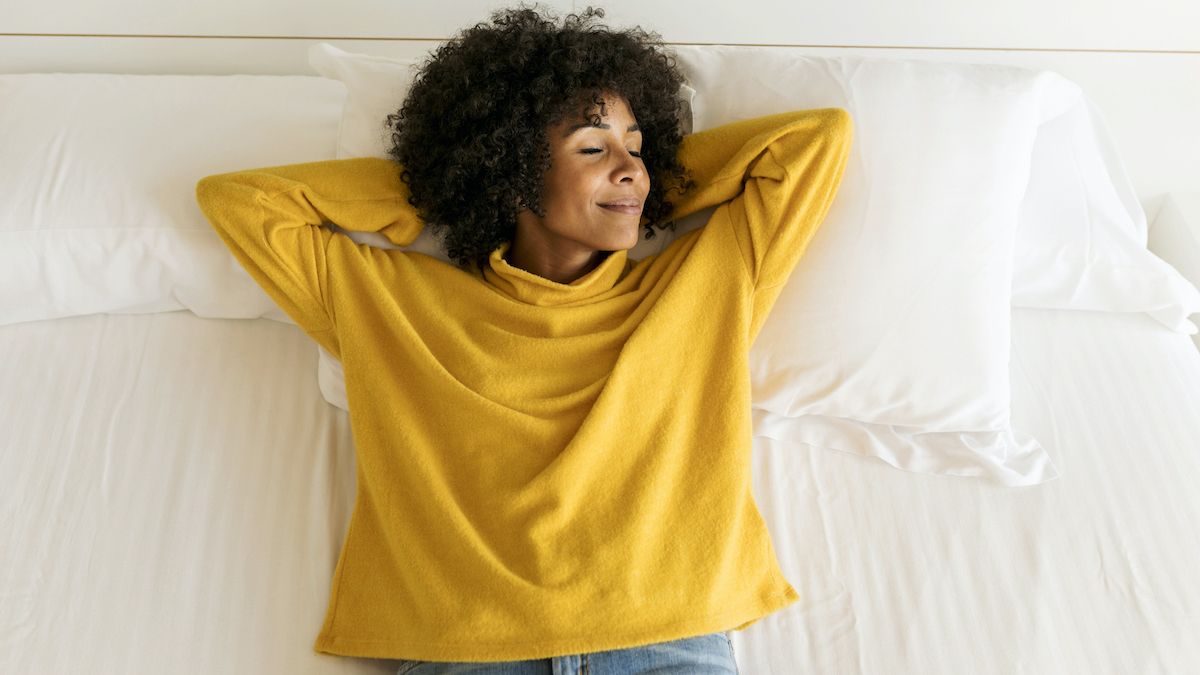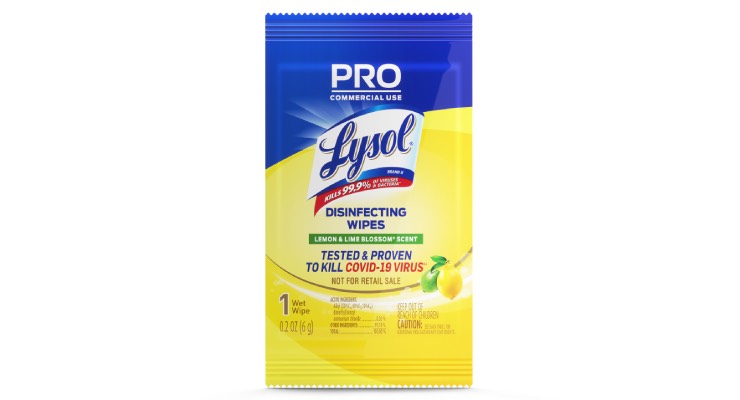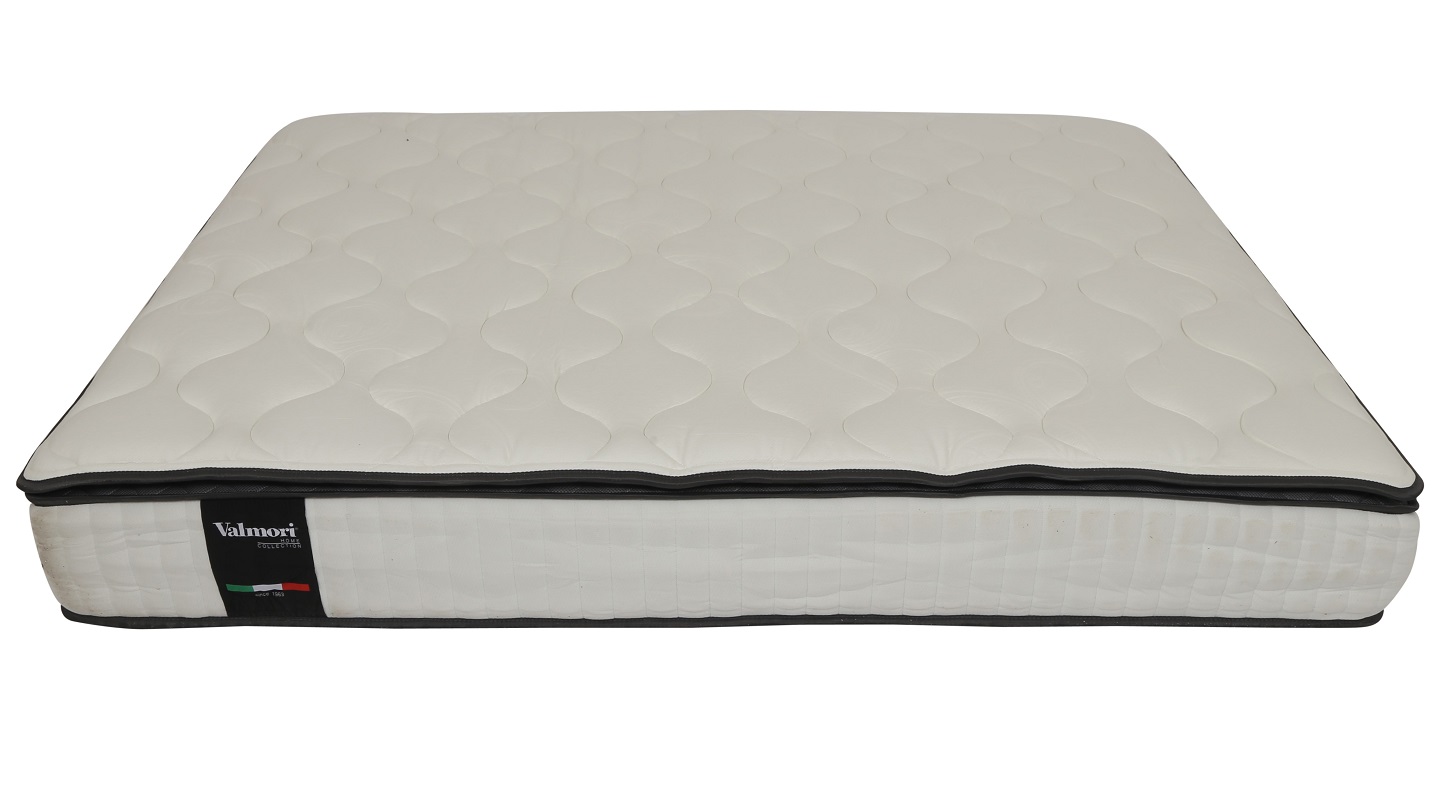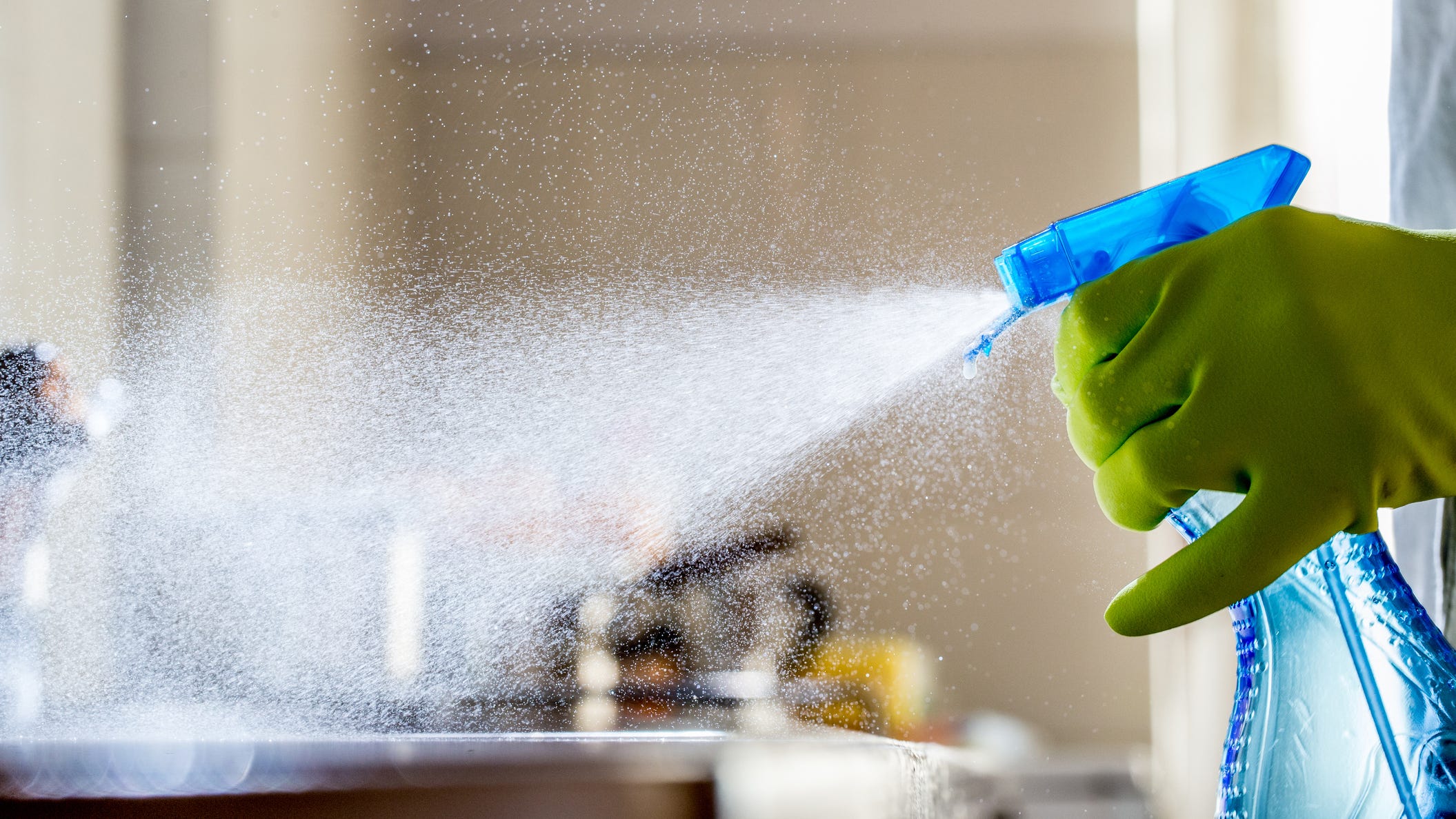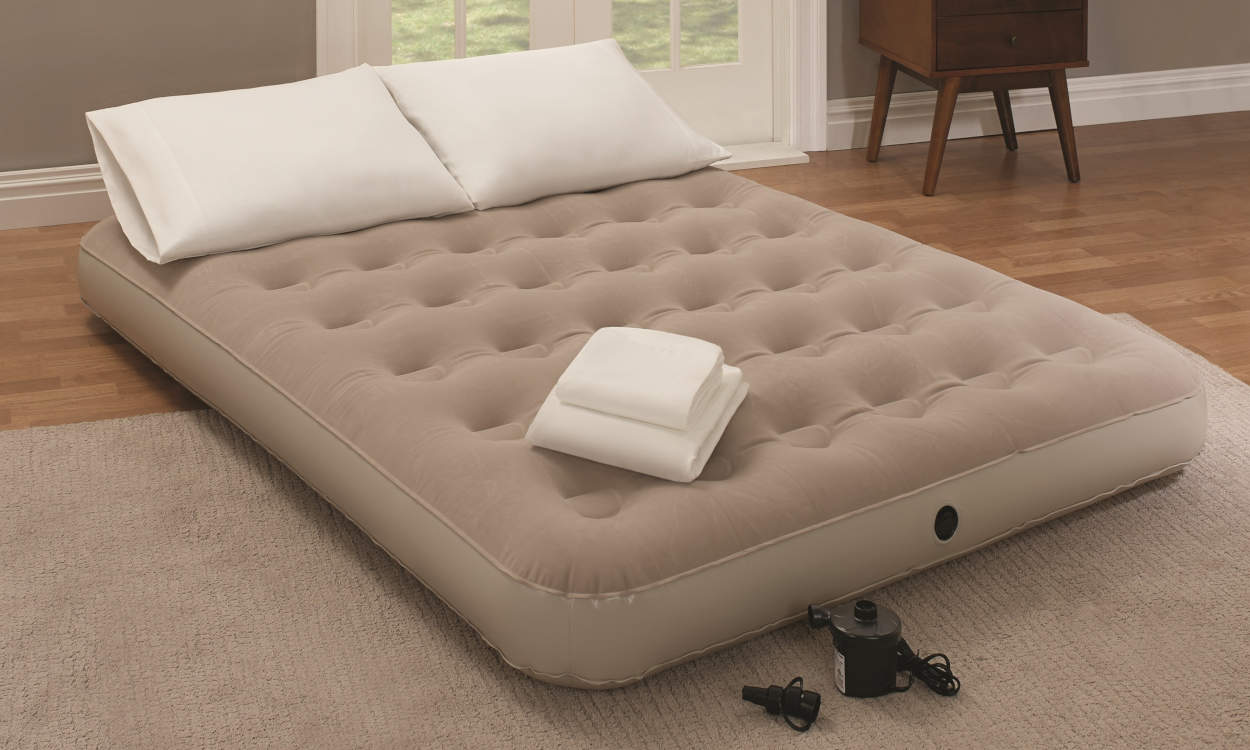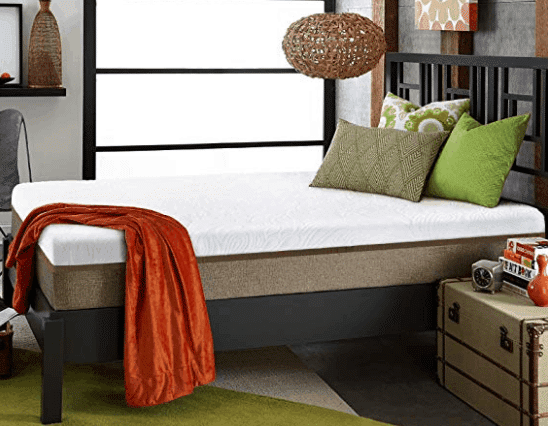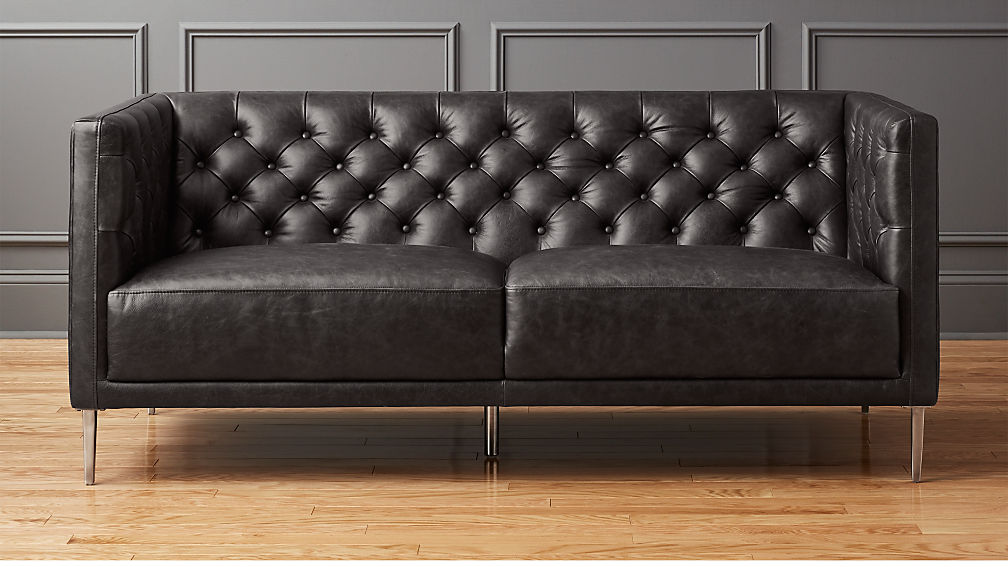Keeping your mattress clean and free from bacteria and germs is essential for a good night's sleep and overall health. While regular vacuuming and spot cleaning can help, you may be wondering if you can use a disinfectant spray like Lysol to clean your mattress. The answer is yes, but with certain precautions.Can you spray a mattress with Lysol?
If you're wondering how to disinfect your mattress with Lysol, here's a step-by-step guide: Step 1: Begin by removing all bedding and vacuuming your mattress thoroughly. This will help remove any dust, dirt, or debris that may be present on the surface of your mattress. Step 2: Take a bottle of Lysol spray and shake it well before use. This will ensure that the disinfectant is evenly distributed. Step 3: Holding the bottle about 12 inches away from the mattress, spray a light mist over the entire surface. Make sure to cover all areas, including the top, sides, and corners. Step 4: Allow the Lysol to sit on the mattress for at least 10 minutes. This will give the disinfectant enough time to kill any germs or bacteria present on the surface. Step 5: After 10 minutes, use a clean, damp cloth to wipe away any excess Lysol. This will also help remove any remaining dirt or stains. Step 6: Leave your mattress to air dry completely before putting any bedding back on. This will ensure that the disinfectant has enough time to do its job and that your mattress is completely dry before use.How to disinfect a mattress with Lysol
Lysol is a popular disinfectant that is known to kill 99.9% of germs and bacteria. This makes it an effective option for cleaning and disinfecting your mattress. However, it's essential to use it correctly to ensure that it's safe for your mattress and yourself. Use a mild version: When choosing a Lysol spray for your mattress, make sure to choose a mild or gentle version. This will help prevent any damage to your mattress's fabric or foam. Test on a small area first: Before spraying your entire mattress, it's a good idea to test the Lysol on a small, inconspicuous area first. This will help ensure that the disinfectant doesn't cause any discoloration or damage to your mattress. Don't overdo it: Avoid saturating your mattress with Lysol. A light mist is enough to disinfect the surface, and using too much can leave your mattress damp and promote the growth of mold and mildew.Using Lysol to clean your mattress
When used correctly, Lysol is safe to use on your mattress. However, it's important to follow the instructions and precautions mentioned above. Additionally, it's always a good idea to check the label on your Lysol bottle for any specific warnings or instructions before use. Furthermore, if you have any respiratory issues or sensitivities to strong scents, it may be best to avoid using Lysol on your mattress. In such cases, natural alternatives may be a better option.Is it safe to spray Lysol on your mattress?
To recap, here are the steps for disinfecting your mattress with Lysol: Step 1: Vacuum the mattress thoroughly. Step 2: Shake the Lysol bottle well. Step 3: Spray a light mist over the entire surface of the mattress. Step 4: Let the Lysol sit for 10 minutes. Step 5: Wipe away excess Lysol with a clean, damp cloth. Step 6: Allow the mattress to air dry completely.Steps for disinfecting a mattress with Lysol
While Lysol is effective at killing germs and bacteria, it may not be enough to get rid of bed bugs on your mattress. Bed bugs are notoriously difficult to eliminate, and simply spraying them with Lysol may not be enough to get rid of them completely. If you suspect that your mattress has bed bugs, it's best to contact a professional pest control service to ensure complete eradication.Can Lysol kill bed bugs on a mattress?
If you're not comfortable using Lysol on your mattress or have sensitivities to the disinfectant, there are several natural alternatives that you can try: Vinegar: Diluted white vinegar can be an effective disinfectant for your mattress. Mix equal parts vinegar and water in a spray bottle and use it to mist your mattress. Let it sit for 10 minutes before wiping it away with a clean, damp cloth. Baking soda: Baking soda is a natural deodorizer and can help absorb any odors from your mattress. Sprinkle it over the surface of your mattress, let it sit for a few hours, and then vacuum it up. Essential oils: Certain essential oils, such as tea tree oil, have natural antibacterial properties. Dilute a few drops of tea tree oil in water and spray it on your mattress to disinfect it. You can also add a few drops to your laundry detergent when washing your bedding.Alternatives to using Lysol on a mattress
It's not necessary to disinfect your mattress with Lysol every day. However, if you or someone in your household is sick or has a weakened immune system, it may be a good idea to spray your mattress with Lysol once a week to prevent the spread of germs and bacteria. Otherwise, disinfecting your mattress with Lysol every few months should be enough to keep it clean and hygienic.How often should you spray your mattress with Lysol?
Here are a few additional tips to keep in mind when using Lysol on your mattress: Don't use on memory foam: If your mattress is made of memory foam, it's best to avoid using Lysol on it. The harsh chemicals in Lysol can damage the foam and affect its properties. Don't use on colored mattresses: If your mattress has any color or pattern on it, it's best to test the Lysol on a small area first to avoid any potential discoloration. Prevent moisture buildup: After using Lysol on your mattress, make sure to let it air dry completely before putting any bedding back on. This will help prevent any moisture buildup and the growth of mold and mildew.Tips for using Lysol on a mattress
To ensure your safety and the safety of your mattress, here are a few precautions to keep in mind when using Lysol: Avoid contact with skin and eyes: If you accidentally get Lysol on your skin or in your eyes, rinse with plenty of water and seek medical attention if necessary. Keep out of reach of children and pets: Lysol is a chemical disinfectant and should be kept out of reach of children and pets to avoid accidental ingestion or contact. Use in a well-ventilated area: When using Lysol on your mattress, make sure to do it in a well-ventilated area to avoid inhaling the fumes.Precautions when spraying Lysol on a mattress
Why You Should Not Spray Your Mattress with Lysol
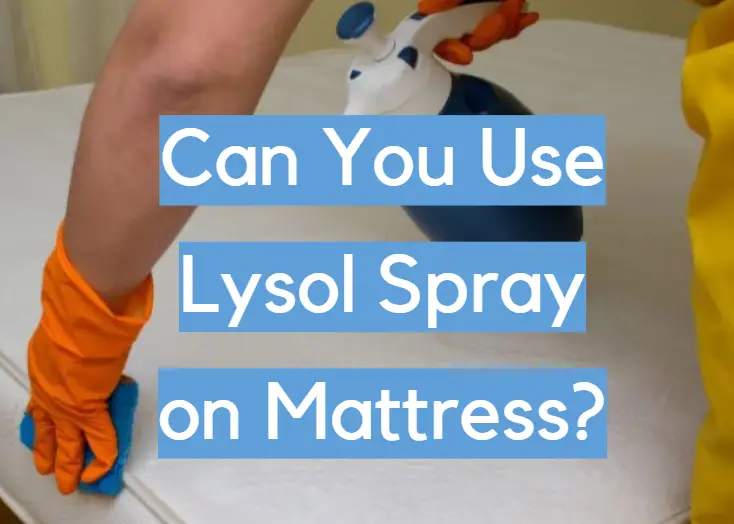
The Dangers of Using Lysol on Your Mattress
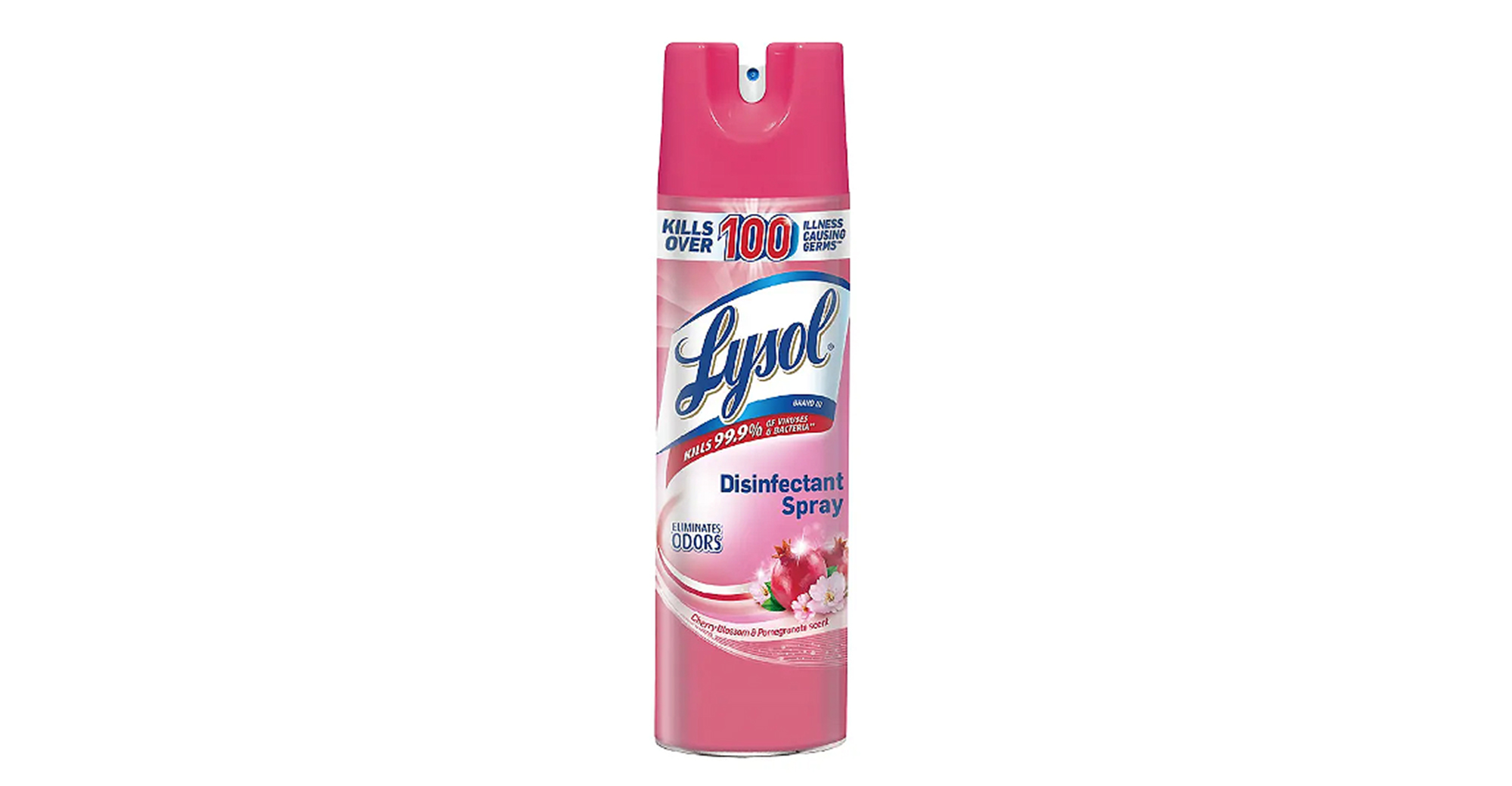 Spraying your mattress with
Lysol
may seem like a quick and easy way to disinfect and freshen up your sleeping surface. After all, Lysol is a well-known and trusted brand for killing germs and eliminating odors. However, using this product on your mattress can actually do more harm than good. Here's why you should think twice before grabbing that can of Lysol.
Spraying your mattress with
Lysol
may seem like a quick and easy way to disinfect and freshen up your sleeping surface. After all, Lysol is a well-known and trusted brand for killing germs and eliminating odors. However, using this product on your mattress can actually do more harm than good. Here's why you should think twice before grabbing that can of Lysol.
Chemical Ingredients
 Lysol contains a variety of chemical ingredients, including
ammonium hydroxide
,
glycolic acid
, and
ethanol
. These chemicals can be harmful to your health, especially when inhaled or absorbed through the skin. When sprayed on your mattress, these chemicals can linger and potentially cause respiratory irritation, skin irritation, and other health problems.
Lysol contains a variety of chemical ingredients, including
ammonium hydroxide
,
glycolic acid
, and
ethanol
. These chemicals can be harmful to your health, especially when inhaled or absorbed through the skin. When sprayed on your mattress, these chemicals can linger and potentially cause respiratory irritation, skin irritation, and other health problems.
Damage to Mattress Materials
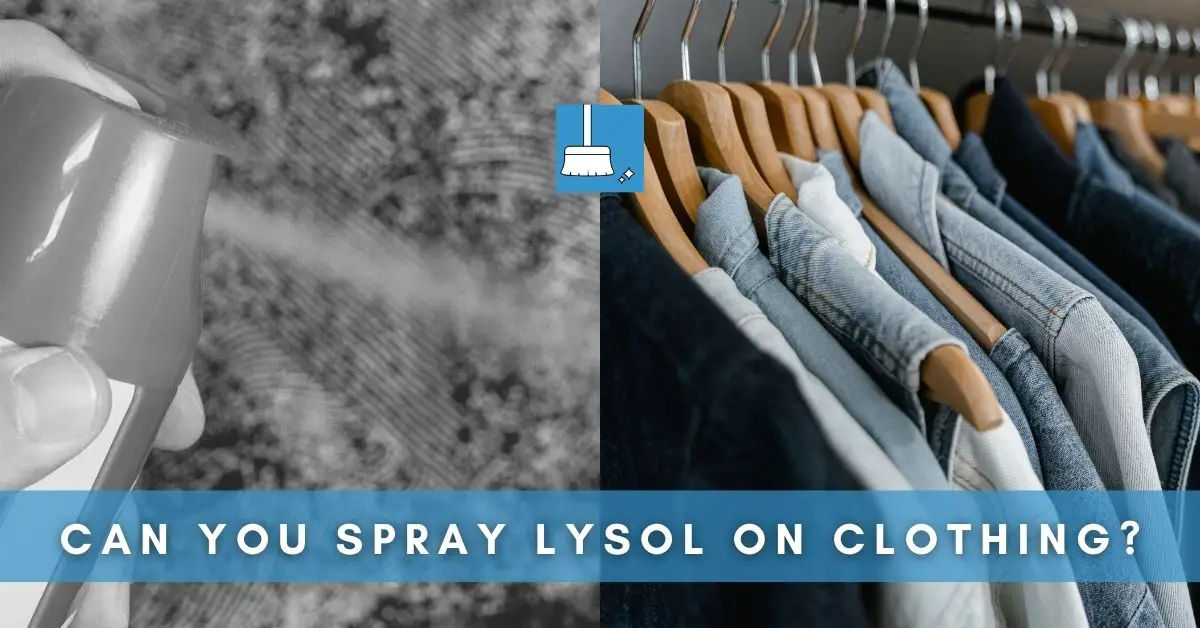 Aside from the potential health hazards, spraying Lysol on your mattress can also cause damage to the materials. The chemicals in Lysol can break down the fibers and materials in your mattress, leading to discoloration, weakening of the fabric, and even holes or tears. This can not only affect the appearance of your mattress but also its overall comfort and support.
Aside from the potential health hazards, spraying Lysol on your mattress can also cause damage to the materials. The chemicals in Lysol can break down the fibers and materials in your mattress, leading to discoloration, weakening of the fabric, and even holes or tears. This can not only affect the appearance of your mattress but also its overall comfort and support.
Not Effective Against Allergens
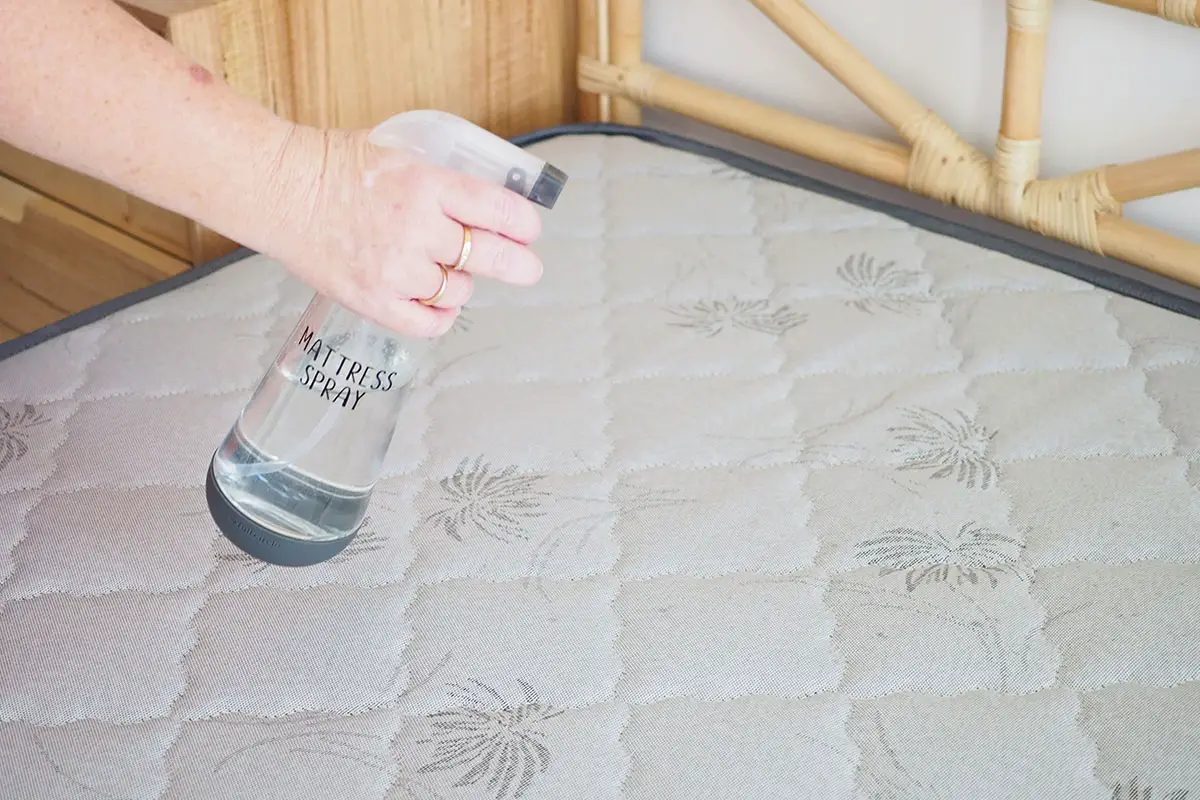 While Lysol may be effective in killing some germs and bacteria, it is not designed to eliminate allergens. Dust mites, pet dander, and other allergens can still linger on your mattress even after using Lysol. This can be especially problematic for those with allergies or respiratory issues, as these allergens can trigger symptoms and affect your sleep quality.
While Lysol may be effective in killing some germs and bacteria, it is not designed to eliminate allergens. Dust mites, pet dander, and other allergens can still linger on your mattress even after using Lysol. This can be especially problematic for those with allergies or respiratory issues, as these allergens can trigger symptoms and affect your sleep quality.
Safe Alternatives for Mattress Cleaning
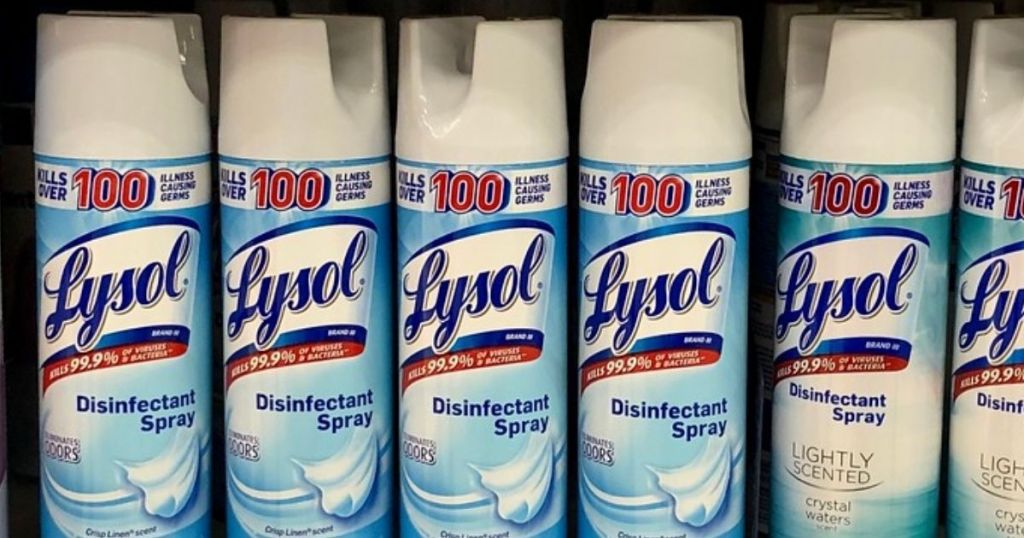 Instead of relying on harsh chemical sprays like Lysol, there are safer and more effective alternatives for cleaning your mattress. Vacuuming your mattress regularly can help remove dust, dirt, and allergens. Using a mixture of
baking soda
and
essential oils
can help eliminate odors and freshen up your mattress. And for tougher stains, a mild detergent and water solution can be used to spot clean.
In conclusion, while Lysol may seem like a convenient solution for cleaning your mattress, it is not worth the potential health hazards and damage to your mattress materials. Stick to safer and more effective cleaning methods to keep your mattress fresh and free from allergens. Your health and the longevity of your mattress will thank you.
Instead of relying on harsh chemical sprays like Lysol, there are safer and more effective alternatives for cleaning your mattress. Vacuuming your mattress regularly can help remove dust, dirt, and allergens. Using a mixture of
baking soda
and
essential oils
can help eliminate odors and freshen up your mattress. And for tougher stains, a mild detergent and water solution can be used to spot clean.
In conclusion, while Lysol may seem like a convenient solution for cleaning your mattress, it is not worth the potential health hazards and damage to your mattress materials. Stick to safer and more effective cleaning methods to keep your mattress fresh and free from allergens. Your health and the longevity of your mattress will thank you.

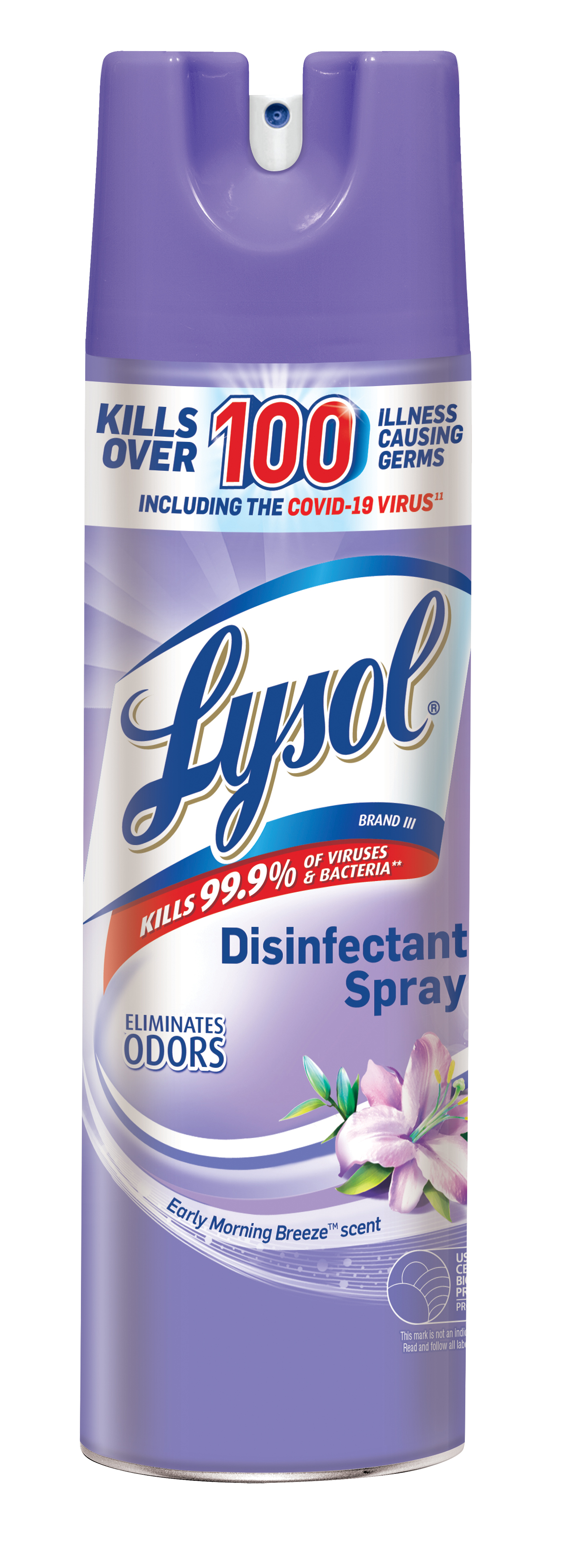

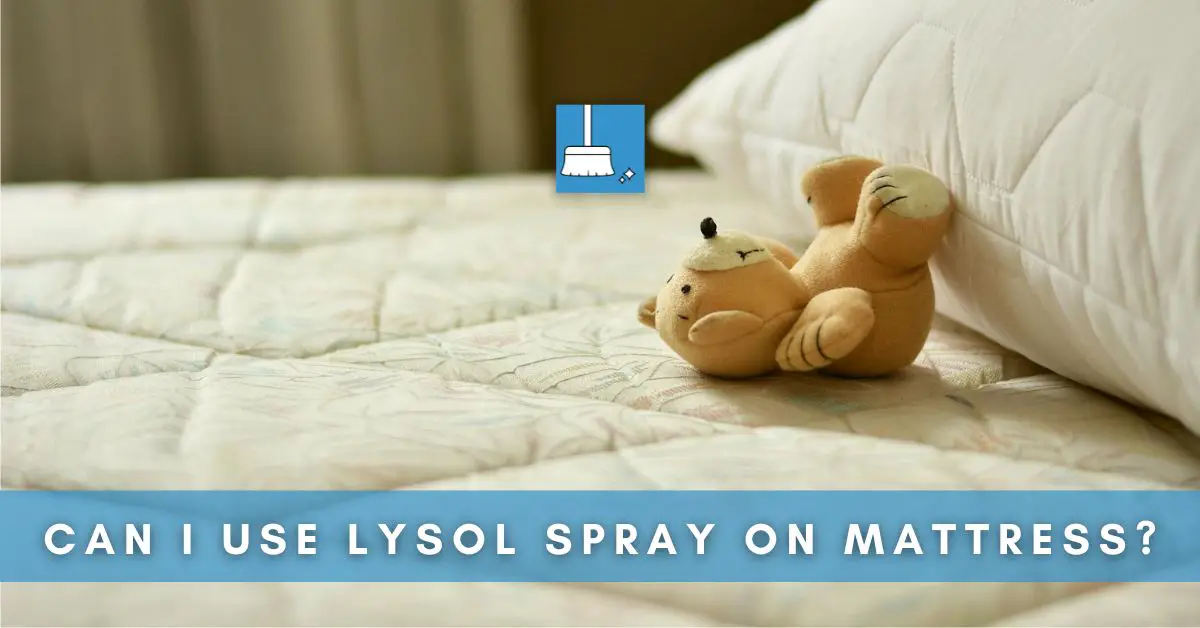
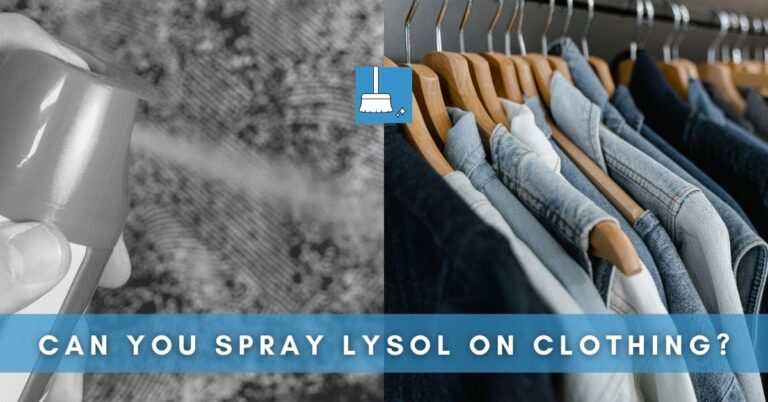
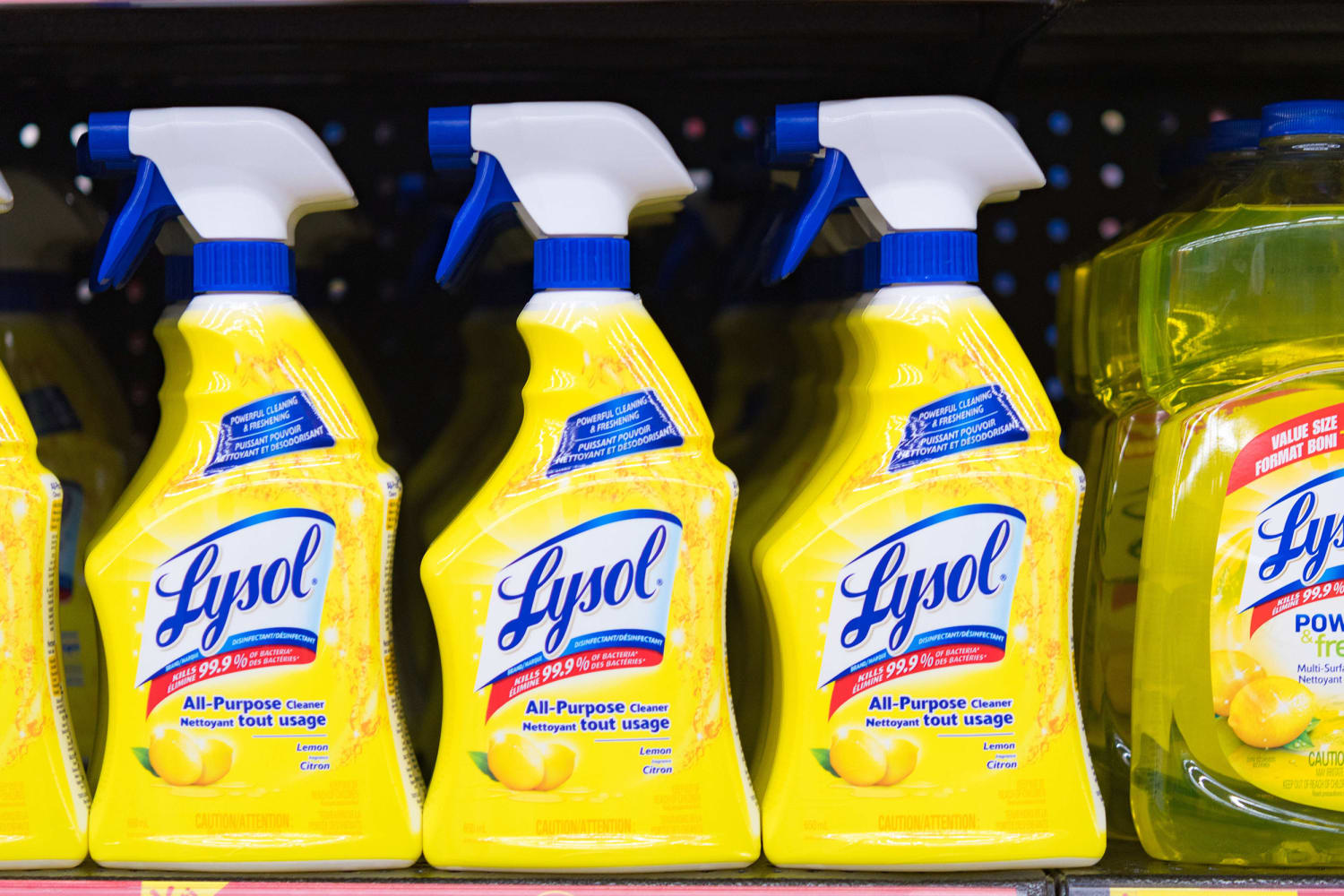



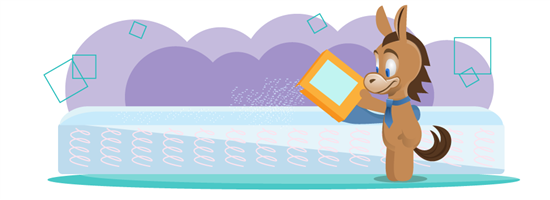
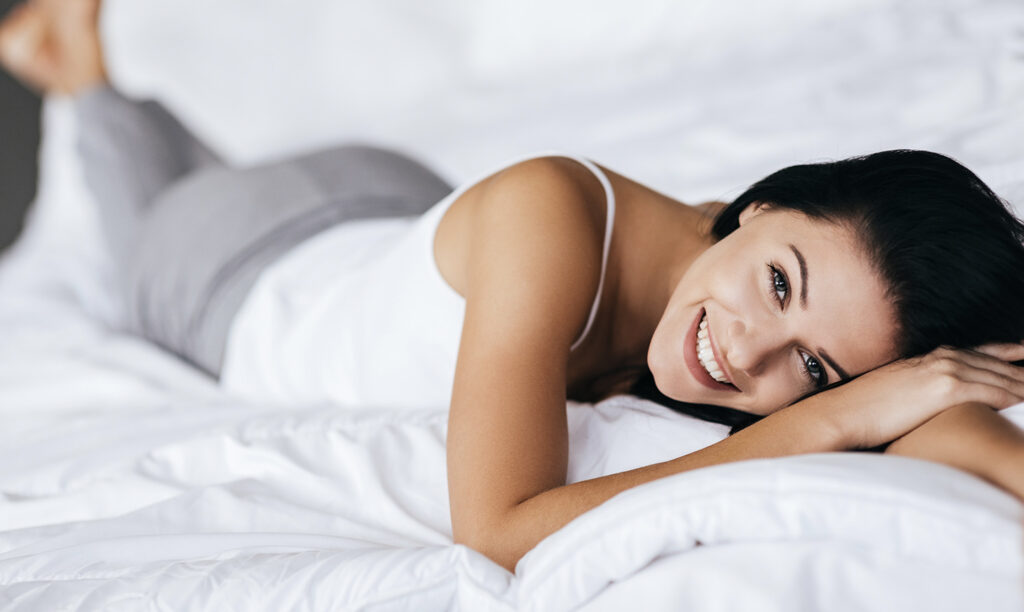
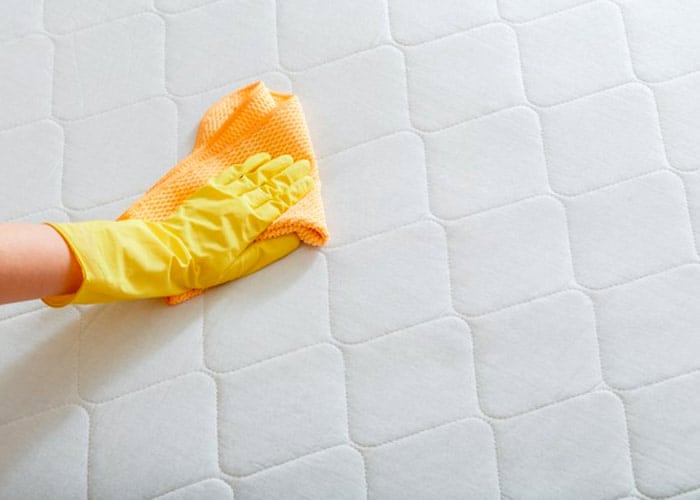





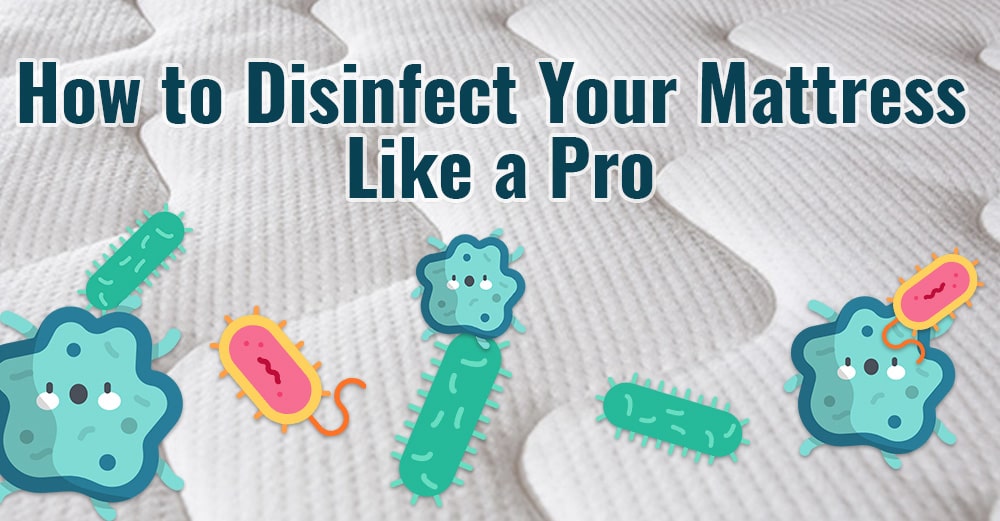


/GettyImages-183812306-56a4e8855f9b58b7d0d9d750.jpg)
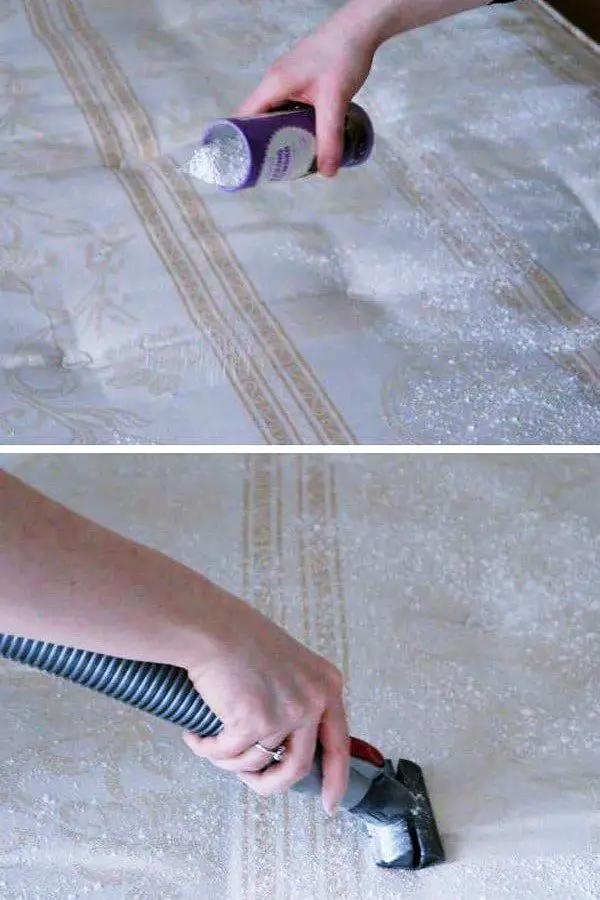
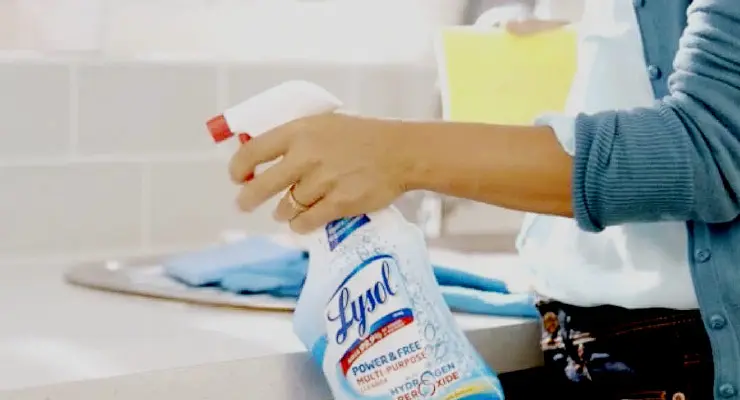
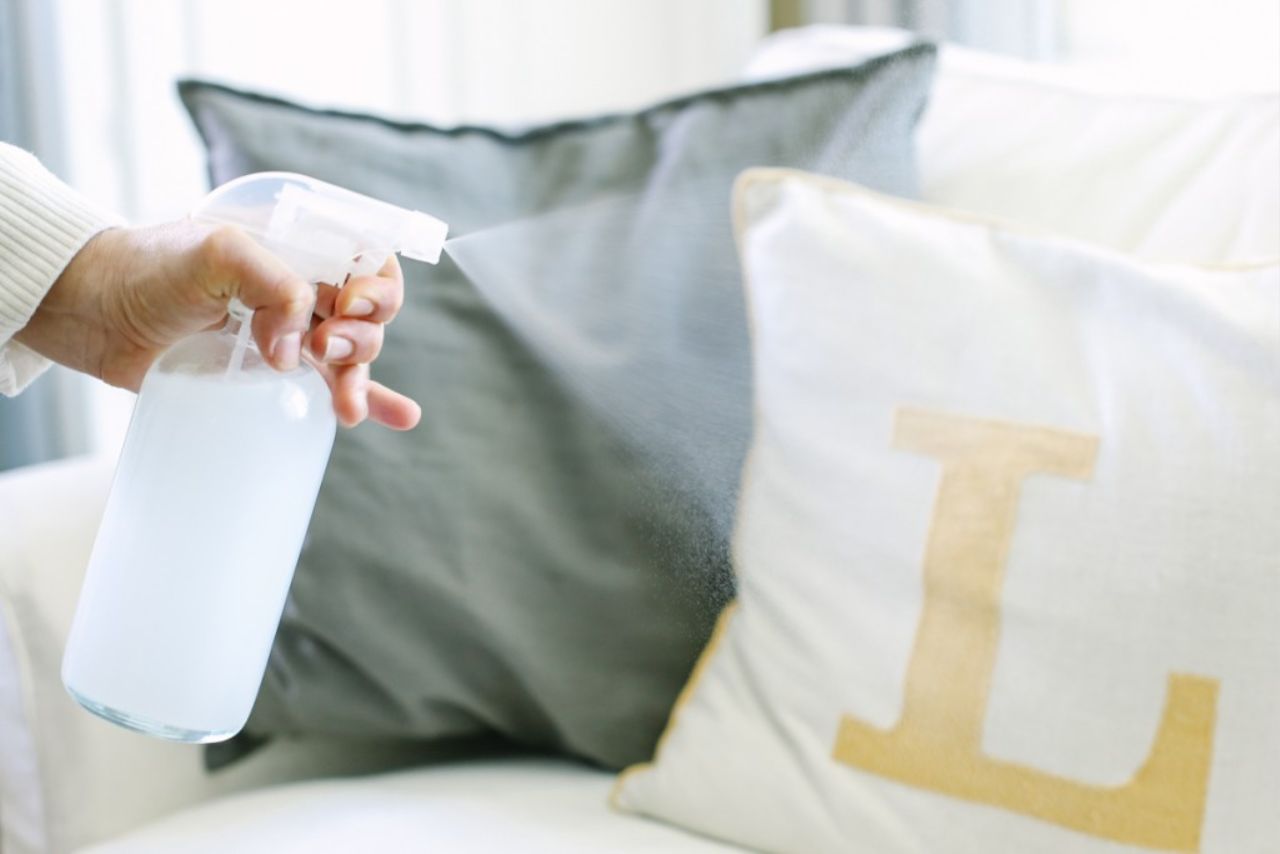
:max_bytes(150000):strip_icc()/clean-your-mattress-the-natural-way-350742-14-5a99efe91be349449c3178993b367746.jpg)

